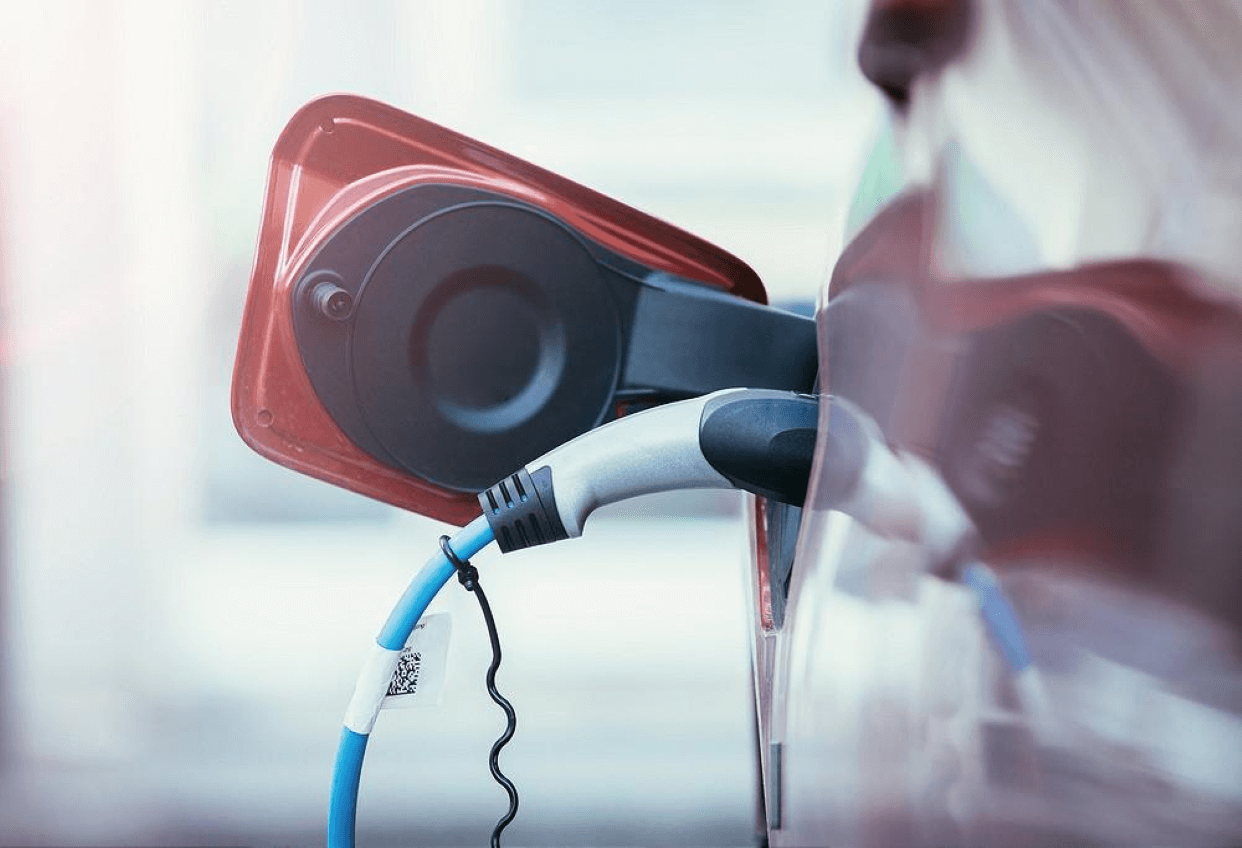Many countries have a greener future in mind, and the US is part of that with president Biden stating that by 2030 half of the cars sold will be electric. It is mandatory to have enough outlets to plug in all those cars that will be potentially sold so that drivers feel comfortable enough to make the switch from conventional vehicles to electric ones. Having enough electric vehicle charging stations across the US will contribute to this purpose.
Many had said that the main barrier to more people adopting electric vehicles is the EV charging infrastructure. That’s the main concern for drivers who are thinking of changing their fossil-fueled cars for an electric one: where will I charge my EV’s battery if I’m far from my home? The more concerned society is about the environmental problems caused by gasoline-powered vehicles, the more electric vehicle charging stations are required.
Today, most EV drivers plug in their cars at home and use public chargers only occasionally. But there is no doubt that the more EVs adopted by drivers, the more charging stations will be needed. Just think about owning an electric car and planning your next family trip: you need to have the certainty that you’ll be able to plug in your car anywhere you need to do so.
Types of EV chargers
If you’re new to the world of electric vehicles, you might be wondering how the charging of its batteries works. After reading the entire article, you’ll be able to enlighten your friends and family about the different kinds of EV plugs.
Depending on the electric vehicle charging station company, you will be able to find one, two, or all of the different types of chargers available on the market.
For starters, you need to know that there are mainly three types of EV charging points:
- Slow charging.
- Fast charging.
- Rapid charging.
Make sure to know which outlet your electric car has so that it matches the one on the electric vehicle charging station you’re about to use.
There are four types of plugs: two for alternating current (AC) and two for direct current (DC). Let’s get to know a bit more about the different types of chargers.
- Level 1. It’s the simplest level of EV charger you’ll find. It consists of plugging your electric vehicle into an AC receptacle, using an electrical cord. The battery charger on your EV will charge the battery. It adds up to 5.8 miles for an hour of charging. It’s useful if you drive your car a few miles a day, and they can be carried with the electric car.
- Level 2. An L2 charger allows an electric vehicle to be plugged into a 240V receptacle. They add 60 miles per hour of charging at 20 kW. They can charge most EVs’ batteries to its full capacity overnight. There exist both portable Level 2 chargers and fixed in place ones with more capacity.
- DCFC. Also known as Level 3, the direct current fast chargers use DC to charge an EV battery without the need to go through the onboard AC battery charger. It’s the one with the higher capacity, and you can find these types of chargers in electric vehicle charging stations. A DCFC can charge a 100 kWh battery in around an hour. Using this charger, an EV will add 300 miles per hour of charging.
How can I charge my EV’s battery?
Depending on the service you prefer, you can choose the pay-as-you-go type of charging, that will allow you to recharge your electric vehicle’s battery and pay around $60 for doing so.
But also, there are some electric vehicle charging station companies that offer monthly plans. For example, EVCS offers an unlimited monthly charging plan for less than $50.
With all the information in hand, it’s only a matter of time before you choose to make the switch from your regular car to an electric!



